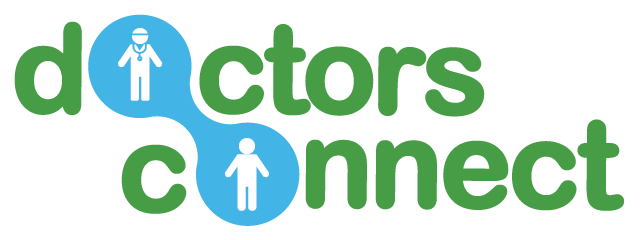Description |
2-deoxyglucose is predominantly used as a diagnostic agent in its radiolabelled form (fluorine-18 is used as the radiolabel). By using positron emission tomography (PET), radiolabelled 2-deoxyglucose can determine glucose metabolism, which is altered in diseases such as cardiovascular disease, tumors, and Alzheimer's disease. Therapeutically, 2-deoxyglucose is an investigational drug that is being studied as an anticancer and antiviral agent. Concerning the former, 2- deoxyglucose was used as an adjunct to chemotherapy and radiotherapy in the treatment of solid tumors (lung, breast, pancreas, head, neck, and gastric tumors). The exact mechanisms of action of 2-deoxyglucose is still being investigated, but it is known that in hypoxic cancer cells, 2-deoxyglucose is a glycolysis inhibitor that prevents ATP production and, ultimately, cell survival. With respect to antiviral therapy, 2-deoxyglucose was shown to be effective against herpes simplex virus by affecting the virus' ability to penetrate cells. As an experimental drug, 2-deoxyglucose was demonstrated to work as an anticonvulsant in temporal lobe epilepsy. In this condition, 2-deoxyglucose represses the expression of certain proteins that are at high levels after a seizure. Although there are several possible therapeutic indications for 2-deoxyglucose, presently there is no approved indication for 2-deoxyglucose as a therapeutic agent.
|

